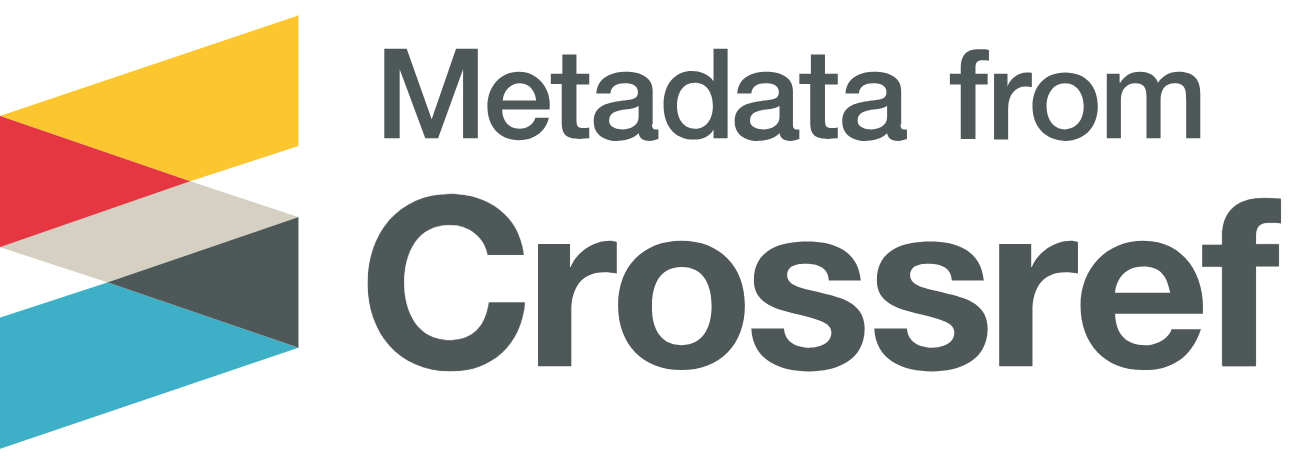Development of an LDR-Integrated PDLC Film for Automatic Glare Reduction in Vehicles
DOI:
https://doi.org/10.21831/jamat.v2i1.1343Keywords:
PDLC film, Glare reduction, Light Dependent Resistor (LDR), Smart tinting system, Vehicle safetyAbstract
The high risk of glare from vehicle headlights at night often becomes a significant contributor to traffic accidents, particularly for motorcyclists and drivers of lightweight vehicles. To address this issue, a smart glare-blocking system based on a PDLC (Polymer Dispersed Liquid Crystal) film has been developed. This research proposes the design, development, and testing of a PDLC film system integrated with an LDR (Light-Dependent Resistor) sensor to automatically detect light intensity and adjust the film's opacity in real-time. The goal is to enhance driver visibility and comfort without compromising overall road safety. The experimental setup involved placing the prototype system at varying distances (0–9 meters) from a controlled light source at night. Measurements were conducted to collect data on light intensity, voltage output, resistance of the LDR, and the degree of light attenuation achieved by the PDLC film. The results showed that at a distance of 1 meter, the PDLC film could block up to 99.85% of incoming light, reducing 12080 Lux to only 17 Lux. Moreover, the film began to react at 6 meters with an output voltage of 34V. It became fully transparent at 8–9 meters with an output of 50V. The findings demonstrate that the PDLC system functions effectively in detecting potential glare and reducing its impact before it reaches the driver's eyes. This intelligent system offers a promising solution for minimizing night-driving hazards by dynamically adapting to changing light conditions.
Downloads
References
[1] P. Boyce, Lighting for Driving: Roads, Vehicles, Signs, and Signals: Roads, Vehicles, Signs, and Signals. CRC Press, 2024.
[2] G. Toney and C. Bhargava, "Adaptive headlamps in automobile: A review on the models, detection techniques, and mathematical models," IEEE Access, vol. 9, pp. 87462-87474, 2021, doi: 10.1109/ACCESS.2021.3088036.
[3] M. Harrison, On the Road to Victory: The Rise of Motor Transport with the BEF on the Western Front. Pen and Sword, 2020.
[4] W. Ackaah, B. A. Apuseyine, and F. K. Afukaar, "Road traffic crashes at night-time: characteristics and risk factors," International journal of injury control and safety promotion, vol. 27, no. 3, pp. 392-399, 2020, doi: 10.1080/17457300.2020.1785508.
[5] N. S. Kusumastutie, B. Patria, S. Kusrohmaniah, and T. D. Hastjarjo, "A review of accident data for traffic safety studies in Indonesia," 2024, vol. 1294: IOP Publishing, 1 ed., p. 012012, doi: 10.1088/1755-1315/1294/1/012012.
[6] C. Luo, G. Xin, H. Xu, and W. Tang, "Glare-free high-beam control for oncoming vehicle safety in nighttime," IEEE Consumer Electronics Magazine, vol. 10, no. 2, pp. 8-15, 2020, doi: 10.1109/MCE.2020.3040724.
[7] S. Banerjee, "A study on the effect of light in road accident prevention and promotion of pedestrian safety," 2019, doi: 10.24906/isc/2022/v36/i4/216417.
[8] V.-I. Ungureanu, R.-C. Miclea, A. Korodi, and I. Silea, "A novel approach against sun glare to enhance driver safety," Applied Sciences, vol. 10, no. 9, p. 3032, 2020, doi: https://doi.org/10.3390/app10093032.
[9] D. Tutunea, A. Dima, M. Bica, and M. Buculei, "The design of sun visors for automotive industry," Annals of the University of Oradea. Fascile of Management and Technological Engineering, pp. 124-127, 2014, doi: 10.15660/AUOFMTE.2014-3.3083.
[10] R. R. Deshmukh, "Electro-optic and dielectric responses in PDLC composite systems," Liquid Crystalline Polymers: Volume 2--Processing and Applications, pp. 169-195, 2015, doi: https://doi.org/10.1007/978-3-319-20270-9_7.
[11] S. D. Rezaei, S. Shannigrahi, and S. Ramakrishna, "A review of conventional, advanced, and smart glazing technologies and materials for improving indoor environment," Solar Energy Materials and Solar Cells, vol. 159, pp. 26-51, 2017, doi: https://doi.org/10.1016/j.solmat.2016.08.026.
[12] J. D. Bullough, N. P. Skinner, and T. T. Plummer, "Adaptive driving beam headlights: visibility, glare and measurement considerations," Rensselaer Polytechnic Institute. Lighting Research Center, 2016.
[13] N. Wang et al., "Self-adaptive PDLC control strategy with smart light intensity adjustment using photovoltaic-thermoelectric hybrid energy supply technology," IEEE Transactions on Industrial Electronics, vol. 70, no. 10, pp. 10146-10155, 2022, doi: 10.1109/TIE.2022.3224166.
[14] J. Sumithra, A. Sumalatha, A. Vanitha, B. Sivadharshini, V. S. Pandi, and S. Ravi, "A Smart and Systematic Vehicle Headlight Operations Controlling System based on Light Dependent Resistor," 2024: IEEE, pp. 1-6, doi: 10.1109/IITCEE59897.2024.10467948.
[15] M. S. Islam et al., "Performances of polymer-dispersed liquid crystal films for smart glass applications," Polymers, vol. 15, no. 16, p. 3420, 2023, doi: https://doi.org/10.3390/polym15163420.
[16] Z. Zhang et al., "A novel low-voltage fast-response electrically controlled dimming film based on fluorinated PDLC for smart window applications," Chemical Engineering Journal, vol. 479, p. 147668, 2024, doi: https://doi.org/10.1016/j.cej.2023.147668.
[17] N. A. Junizan, A. A. Razak, B. Balakrishnan, and W. Othman, "Design and implementation of automatic room temperature controlled fan using Arduino Uno and LM35 heat sensor," International Journal of Engineering Creativity & Innovation, vol. 1, no. 2, pp. 8-14, 2019.
[18] W. Yin et al., "A recyclable, interchangeable optical switch with a PDLC-PVA-PSCLC structure and a low-voltage drive system," Liquid Crystals, vol. 51, no. 11, pp. 1942-1955, 2024, doi: https://doi.org/10.1080/02678292.2024.2372603.
[19] H. Gundogdu, M. Terkes, A. Demirci, and U. Cali, "Assessing energy savings and visual comfort with PDLC-based smart window in an Istanbul office building: A case study," Energy Reports, vol. 12, pp. 4252-4265, 2024, doi: https://doi.org/10.1016/j.egyr.2024.10.009.
[20] W. Setya, A. Ramadhana, H. R. Putri, A. Santoso, A. Malik, and M. M. Chusni, "Design and development of measurement of measuring light resistance using Light Dependent Resistance (LDR) sensors," 2019, vol. 1402: IOP Publishing, 4 ed., p. 044102, doi: 10.1088/1742-6596/1402/4/044102.
[21] K. Kang and Y. Li, "Research on optical efficiency of heliostat field based on cosine loss model and shadow light blocking efficiency model," International Journal of Frontiers in Engineering Technology, vol. 5, no. 12, 2023.

Downloads
Published
How to Cite
Issue
Section
License
Copyright (c) 2025 Journal of Automotive and Mechanical Applied Technology

This work is licensed under a Creative Commons Attribution 4.0 International License.








